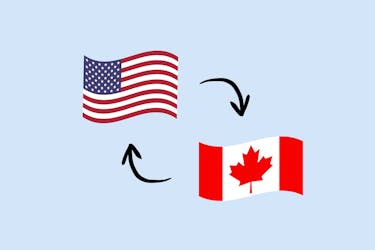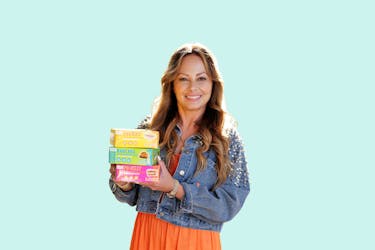
Authenticity Is Your Brand’s Best Asset When it Comes to Independent Retailers
Local retailers are more likely to champion a product that is genuine rather than one that is trendy

Cross-Border Insurance for CPG Brands: What It is & Why You Need It
Selling in the U.S. or Canada? Learn why CPG brands need cross-border insurance to expand safely and meet marketplace requirements.

How 7-Eleven’s Brands with Heart Brings Purpose-Driven Products to the Shelf
A Q&A with Louisa McCarty, Manager, 7-Ventures | 7-Eleven Emerging Brands

Unlocking Growth at Retail & Foodservice with Global Cuisine
PDG Insights’ Diana Sheehan shares how supermarket and restaurant operators can ride the wave of international food adoption

Core-Mark Curated Winner Unite Food Seeks to Shake Up the Protein Bar Aisle
This fast-growing brand has landed several accounts from her engagement with retail buyers on RangeMe

Command Attention at the Shelf with Purposeful Packaging
The goal of packaging design is not to decorate a box, but to deliver a message that cuts through the visual noise

Nicobi Foods is Proof That Success Happens When Preparation Meets Opportunity
Former detective and restauranteur Obi Linton brings all of his past skills to bear in driving success at retail as a CPG brand owner

From Pitch to Shelf: Why Small Business Insurance is a Must-Have for Emerging Brands
Insurance isn’t just a legal checkbox for your brand and its products—it’s a smart business move.

Tallow’s Making a Comeback, and Brands are Scaling up to Meet Demand
Used by ancient civilizations for food and beauty products, rendered animal fat is once again a big hit with wellness-minded consumers

Walmart’s Open Call 2025 Applications Now Live Through July 25
Entrepreneurs have the chance to pitch Walmart and Sam’s Club buyers with products made, grown or assembled in the U.S. for a shot at national distribution.




